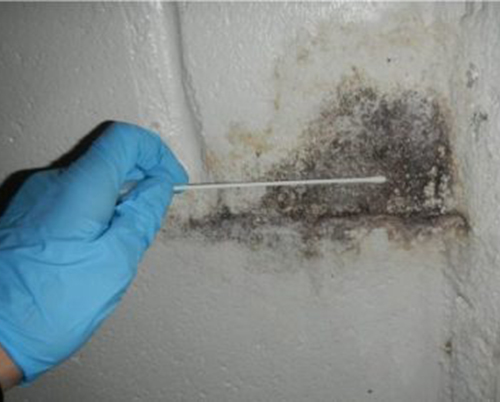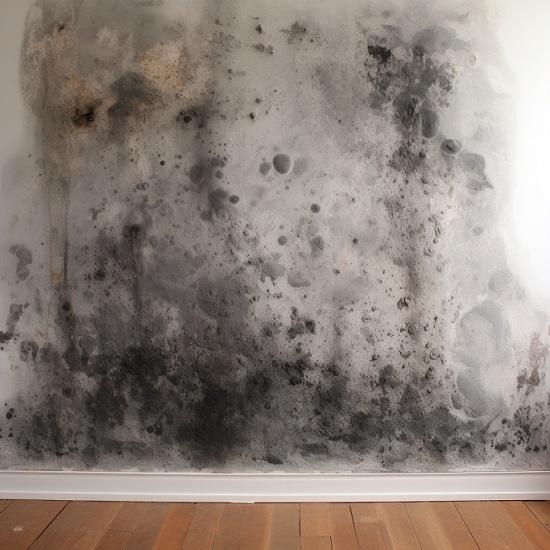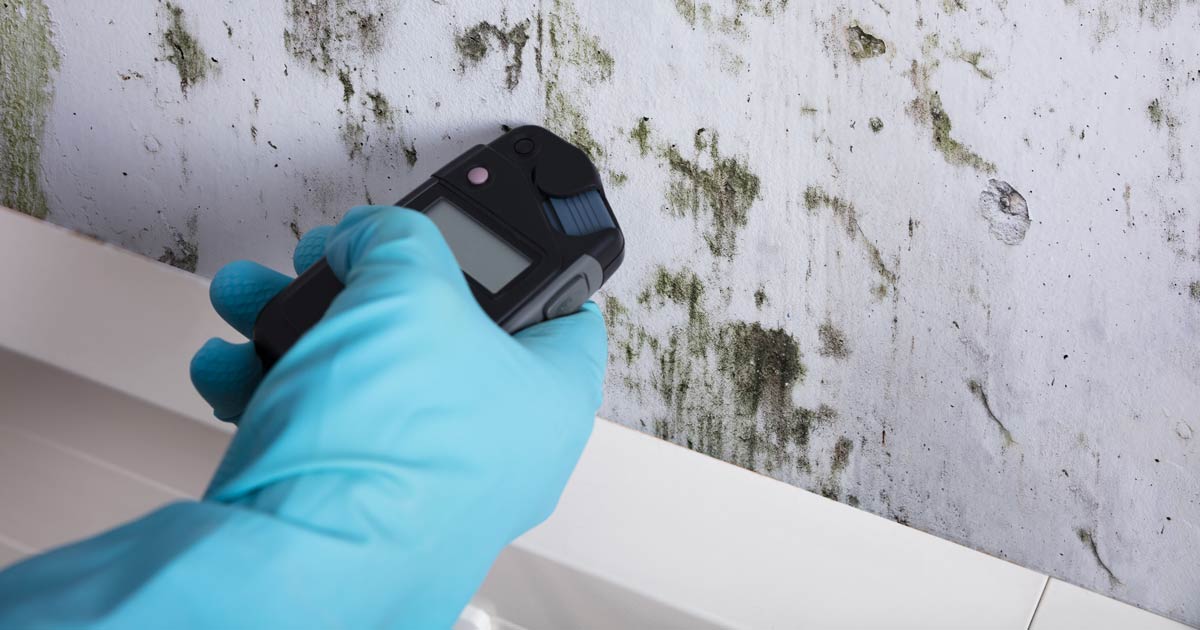Testing Air Quality After Mold Remediation
Testing Air Quality After Mold Remediation
Blog Article
Your Ultimate Guide to Article Mold And Mildew Removal Techniques
Navigating the realm of post-mold removal strategies is a thorough process that requires interest to detail and an extensive understanding of the intricacies entailed. In the after-effects of mold and mildew invasion, knowing exactly how to successfully eradicate the mold and avoid its reoccurrence is vital for maintaining a healthy and balanced indoor environment. From selecting the right cleaning and disinfecting approaches to implementing methods for long-term mold prevention, each action in the removal trip plays an important function in making sure a successful result. As we start this exploration of post-mold removal methods, we will discover the key approaches and best techniques that can aid you restore your area to its pre-mold condition and guard it against future mold dangers.
Understanding Post-Mold Remediation Process
After finishing the mold remediation procedure, it is crucial to recognize the post-mold remediation strategies that are necessary to guarantee a detailed and reliable clean-up. As soon as the mold and mildew has been eliminated, the next step involves cleansing and sanitizing the affected locations to prevent any type of regrowth of mold and mildew.
Moreover, performing a last inspection post-remediation is important to guarantee that all mold and mildew has actually been effectively eradicated. If the inspection discloses any type of remaining mold, additional removal might be required.
Effective Cleaning Up and Sanitizing Methods

Stopping Future Mold Growth

Importance of Correct Air Flow
Appropriate ventilation plays an important duty in stopping dampness build-up, a key variable in mold development within indoor environments. Effective ventilation systems aid eliminate excess humidity from the air, decreasing the possibilities of mold spores finding the dampness they need to spread and germinate. Without ample air flow, interior rooms can end up being a reproduction ground for mold, bring about prospective health risks and structural damage.
By making sure correct air blood circulation, ventilation systems redirected here can likewise assist in drying moist locations faster after water damage or flooding cases, additionally deterring mold and mildew development. After mold remediation. In spaces like shower rooms, attic rooms, cellars, and kitchens where dampness degrees tend to be higher, setting up and maintaining effective ventilation systems is crucial in protecting against mold and mildew invasions

Monitoring and Upkeep Tips
Provided the crucial function that correct air flow plays in avoiding mold growth, it is essential to develop efficient surveillance and maintenance pointers to make certain the ongoing functionality of ventilation systems. Routine assessments of ventilation systems must be conducted to examine for any kind of indicators of clogs, leaks, or breakdowns that might hamper proper airflow. Surveillance moisture levels within the home is likewise crucial, as high humidity can add to mold and mildew development. Setting up a hygrometer can aid track moisture degrees and alert homeowners to any type of spikes that might need interest. Furthermore, making certain that air filters are consistently cleaned up or replaced is important for keeping the effectiveness of the ventilation system. Implementing a timetable for routine maintenance jobs, such as duct cleaning and heating and cooling system assessments, can aid prevent problems before they rise. By staying alert and positive to the problem of air flow systems, residential or commercial property owners can successfully mitigate the risk of mold and mildew regrowth and maintain a healthy and balanced indoor environment.
Final Thought
To conclude, post-mold removal methods are necessary for ensuring a clean and risk-free setting. Comprehending the process, carrying out efficient cleansing and sanitizing techniques, protecting against future mold and mildew growth, maintaining appropriate ventilation, and routine monitoring are all crucial action Source in the removal procedure. By complying with these guidelines, you can efficiently eliminate mold and prevent its return, working or advertising a healthy living area for all residents.
In the consequences of mold and mildew problem, knowing just how to efficiently eradicate the mold and mildew and avoid its reoccurrence is vital for keeping a healthy and balanced indoor setting. As soon as the mold has been removed, the next action involves cleansing and decontaminating the influenced areas to protect against any regrowth of mold and mildew - testing air quality after mold remediation. After eliminating visible mold and mildew development, it is critical to my website cleanse all surfaces in the affected location to get rid of any type of staying mold spores. To further improve mold and mildew avoidance procedures, it is necessary to attend to underlying problems that initially led to mold and mildew advancement.Offered the critical role that proper air flow plays in protecting against mold and mildew development, it is necessary to develop efficient monitoring and maintenance tips to make certain the ongoing performance of ventilation systems
Report this page